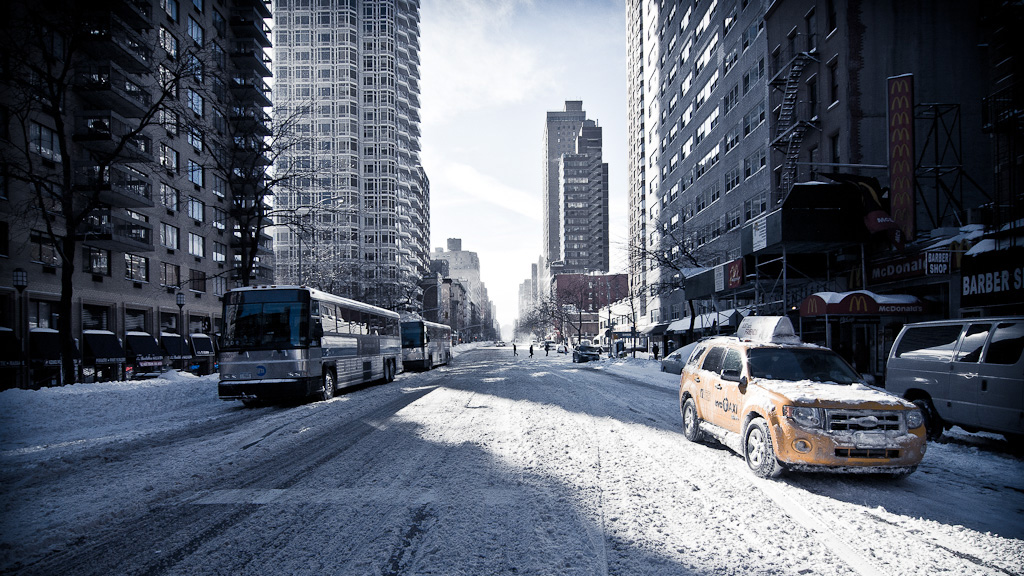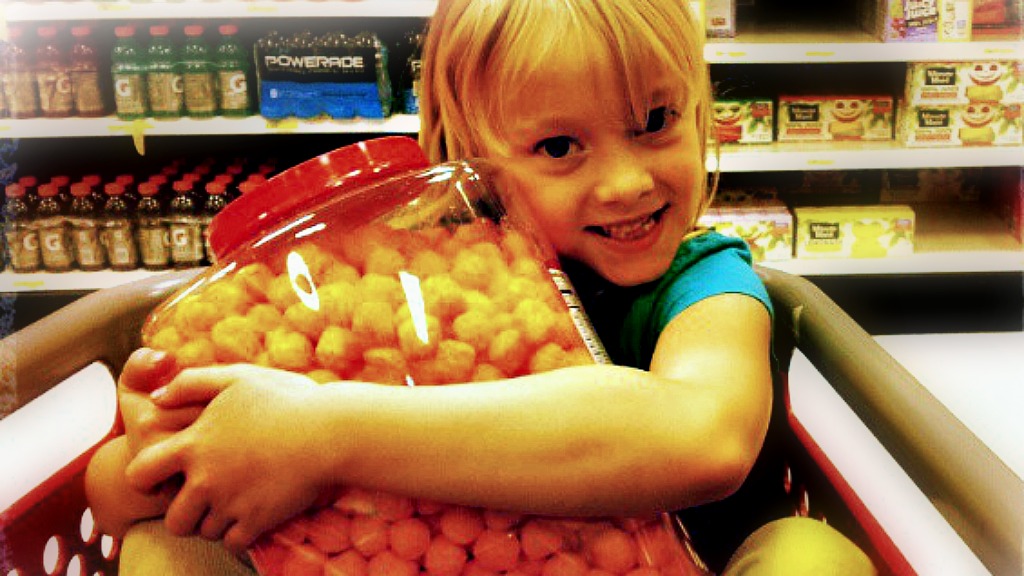
elfedNot THIS someone, mind you.
Everyone knows mummies were buried with their bling. But it turns out that bling was raclette, gouda, and pecorino, littered across their necks and chests as if making one last attempt to stuff some tasty goodness down before venturing into the afterlife.
That’s right: Researchers found the oldest cheese ever. It’s even older than the crumbs under my bed — this cheese has been preserved since about 1615 B.C. The cemetery where they discovered it is in a dry, salty desert in northwest China, where conditions basically freeze-dried the little snacks. Interestingly enough, the cheese is low-lactose:
The analysis also showed the mummies’ cheese was made by combining milk with a “starter,” a mix of bacteria and yeast. This technique is still used today to make kefir, a sour, slightly effervescent dairy beverage, and kefir cheese, similar to cottage cheese.
If the people of the cemetery did indeed rely on a kefir starter to make cheese, they were contradicting the conventional wisdom. Most cheese today is made not with a kefir starter but with rennet, a substance from the guts of a calf, lamb or kid that curdles milk.
Using a kefir starter means the cattle didn’t have to be slaughtered — a more humane method that also might’ve helped herding spread throughout Asia. The findings will show up in a future issue of Journal of Archaeological Science, so make sure you have your cheese doodles ready. And if you die while you’re eating them, well, you know what to do.



